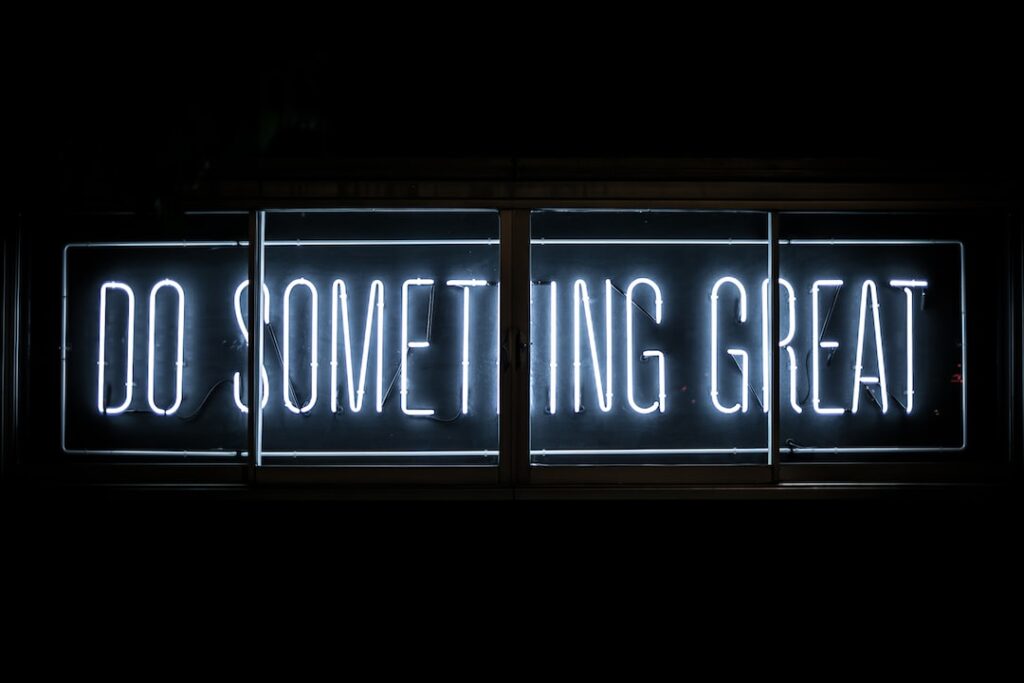Embracing Linux for Designers: A World of Creative Opportunities
Are you a designer looking to explore new and exciting software and tools for your creative projects? Look no further than the world of Linux. While Linux may not be the first operating system that comes to mind for designers, it offers a treasure trove of creative potential waiting to be unlocked. In this post, we will delve into the surprisingly diverse landscape of design-related software and tools available on Linux, bust some common myths, and offer practical tips for incorporating Linux into your design workflow.
Exploring the Surprising World of Linux for Designers
Believe it or not, Linux is not just for tech enthusiasts and developers. It presents a vibrant and growing ecosystem for designers, with a wide range of powerful and feature-rich software and tools tailored to various creative disciplines. Here are some surprising statistics to pique your interest:
– Did you know that over 90% of the world’s top supercomputers run on Linux, showcasing its robust performance and reliability?
– According to a recent survey, over 30% of graphic designers and digital artists have reported using Linux-based software for their professional projects.
Debunking Myths: Linux and Design Can Coexist
One of the common misconceptions about Linux is its perceived lack of compatibility with design-centric software. However, the reality is quite the opposite. Many popular design tools have been adapted for Linux, offering seamless compatibility and performance. Whether you are into graphic design, illustration, 3D modeling, or web design, Linux has something to offer for everyone.
Myth: Linux is Not User-Friendly
Reality: With modern Linux distributions like Ubuntu and Fedora, user-friendly interfaces and intuitive design make the learning curve much gentler for newcomers.
Myth: Limited Software Availability
Reality: The Linux community has developed a rich ecosystem of open-source and proprietary design software, covering a wide spectrum of creative needs.
Myth: Inferior Performance
Reality: Linux’s stability and efficiency make it an ideal platform for resource-intensive design tasks, often outperforming other operating systems in certain scenarios.
Discovering the Creative Power of Linux Software
Now that we’ve debunked some myths, let’s dive into the exciting world of Linux-based design software and tools. Whether you are a seasoned professional or an aspiring designer, the versatility and performance of these applications may surprise you.
Inkscape: Unleash Your Vector Graphics Mastery
Inkscape is a powerful open-source vector graphics editor that rivals commercial software. It offers a comprehensive set of drawing tools, perfect for creating logos, illustrations, and intricate designs. Its robust feature set and active community make it a go-to choice for many designers.
Blender: Mastering the Art of 3D Design
Blender stands as a testament to the capabilities of open-source software. It is a full-featured 3D creation suite, equipped with tools for modeling, animation, rendering, and more. Many professionals in the film and gaming industries rely on Blender for their complex 3D projects.
GIMP: Unravel the World of Image Manipulation
GIMP, short for GNU Image Manipulation Program, is a versatile image editor suitable for tasks ranging from photo retouching to composition and authoring. Its extensibility through plugins and powerful editing capabilities make it a compelling alternative to proprietary software.
Scribus: Crafting Dazzling Publications
For designers involved in desktop publishing, Scribus offers an open-source solution with robust layout and typesetting features. It empowers designers to create stunning print-ready materials, including magazines, brochures, and even books.
Krita: Nurturing Digital Painting and Illustration
Krita is a digital painting and illustration software tailored to the needs of artists and concept designers. Its extensive collection of brushes, powerful layer management, and a focus on creating expressive artwork have won over many digital artists.
How to Incorporate Linux into Your Design Workflow
Now that you’re intrigued by the creative potential of Linux, you might be wondering how to begin integrating it into your design workflow. Here are some practical tips to get you started:
1. Choose the Right Distribution
Look for user-friendly distributions such as Ubuntu, Linux Mint, or Elementary OS, which provide an intuitive and visually appealing experience out of the box.
2. Explore Dual-Boot or Virtual Machines
If you’re not ready to fully transition to Linux, consider setting up a dual-boot configuration or running a Linux virtual machine to test the waters without committing entirely.
3. Familiarize Yourself with Design Software
Take the time to explore and familiarize yourself with the available design software on Linux. Many applications offer extensive documentation and active communities to support your learning journey.
4. Embrace Open-Source Collaboration
Engage with the open-source community, contribute to projects, and leverage the collective knowledge and creativity of designers and developers passionate about advancing design on Linux.
5. Experiment and Innovate
Be open to experimenting with new tools and workflows. Linux opens doors to unique approaches and perspectives on design, sparking innovation and fresh creativity.
In Conclusion: Embrace the Boundless Creativity of Linux
In conclusion, the world of Linux holds a myriad of opportunities for designers seeking to expand their creative horizons. From powerful software to a vibrant community, Linux offers a welcoming environment for embracing design in all its forms. By embracing Linux, you not only gain access to a diverse array of tools but also become part of a global movement focused on democratizing creativity and technology.
So, why not take the plunge and explore Linux for your next design project? You might just uncover a new realm of creative possibilities waiting to be unleashed. Embrace the freedom, versatility, and innovation that Linux brings to the realm of design, and let your creativity soar to new heights.
















